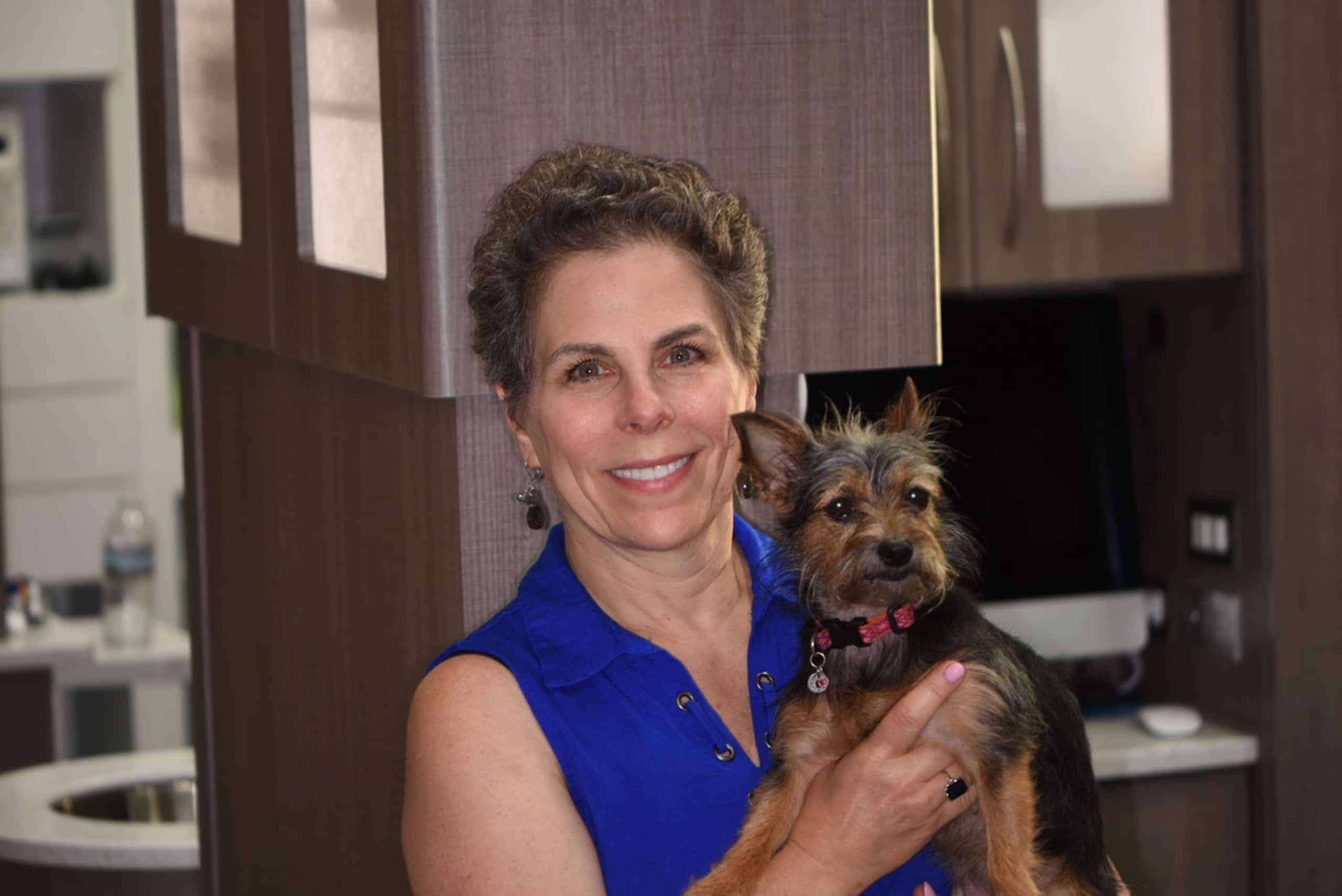If you see your dentist in Doylestown regularly, then you’ve probably had a dental x-ray or two taken in your life. The reason we rely on x-rays so heavily is that they’re absolutely a crucial part of creating a custom treatment plan that’s going to address your dental issues and needs, the right way.
We know it may seem like they’re just any other x-ray and you might even wonder why you actually even need dental x-rays in the first place. The truth is, these images can save your smile and maybe even your life. Let’s learn more about what x-rays are and what they do for you.
Why Do We Need X-Rays?
Radiographs or x-rays are relied on heavily for preventive dentistry or to help fix issues such as cavities, decay, and breakage. Generally, dentists rely on 2D or 3D imaging to gain a better understanding of what’s going on inside your mouth, highlighting your jaw bone health and tooth structure that lies beneath your gums and enamel. It gives us the added ability to find out if something is going on inside your mouth or teeth that’s not 100 percent visible to the naked eye.
Are Dental X-Rays Going to Expose Me to Radiation?
Most of the x-rays used in dental offices across the country today give off a minimal amount of radiation. It’s important to note that you should always limit your exposure to x-rays and avoid repeated use as it can damage cells over time due to the small, continued radiation aftereffects.
Dental x-rays are certainly safer than ever thanks to advancements in dentistry over the years. Dentists now rely on using lower x-ray dosages, higher quality film, film holders, and well-designed, full-body aprons lined with lead. It’s important to note though that most of the modern dental x-ray technology that’s available today give off very little stray radiation.
How Do Dental X-Rays Work?
The process of obtaining a good dental x-ray image can occur a few ways. Usually, a dentist or a dental specialist will cover you with the iron apron for protection before putting a small plastic device in your mouth and asking you to bite down. Your bite is going to hold the x-ray film in place for accurate, immediate results.
In instances like this where we’re x-raying the inside of your mouth, it’s referred to as obtaining intraoral photos. There are also several extraoral x-rays that your Doylestown dentist and orthodontists can use to help fix a smile, with extra meaning outside of your mouth. These images are useful in seeing your jaw bone and entire skull as a whole how it relates to your mouth and oral health.
If you’re experiencing a problem or if you feel like something isn’t right with your smile, please call our Doylestown dental office. We may need to use one of these super cool x-ray techniques to help get you and your smile back into tip-top shape.
